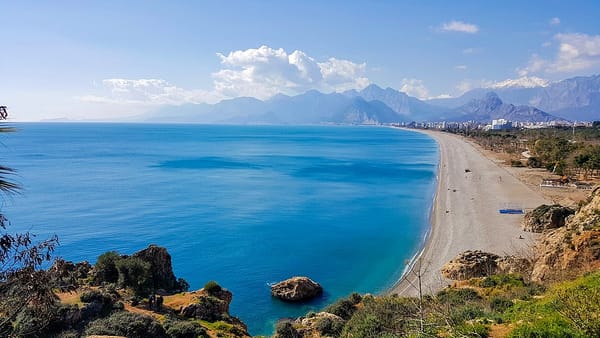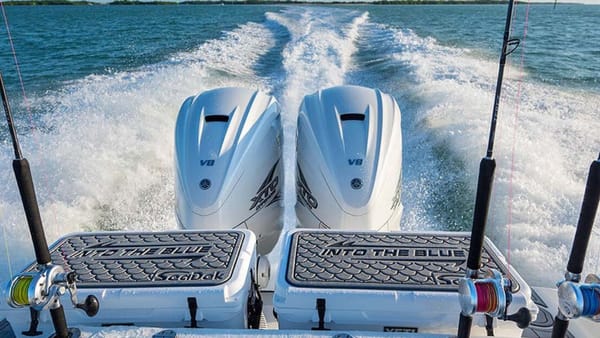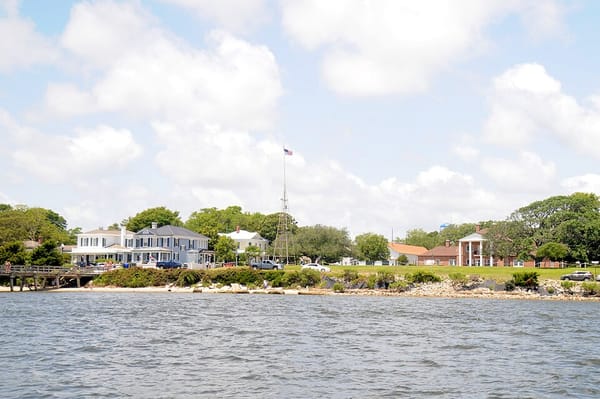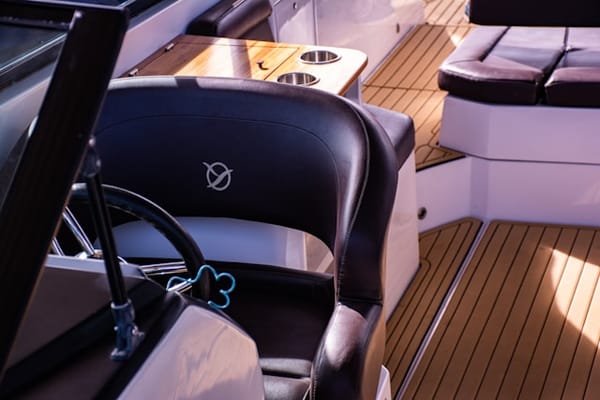How to Reduce Fuel Consumption on Your Boat

We all want to save some dough by reducing the amount of fuel we use, whether it’s in our car or on a boat. While slowing down and minimizing mileage are probably the two most obvious ways (both with cars and with boats), boats have a tricky element when it comes to fuel usage. There’s that drag effect of wind, waves and currents that you don’t have in a car (at least we hope you don’t).
It’s always fun to sit on the boat’s deck at wherever you're renting a boat slip, sipping frosty drinks and listening to summer time tunes, but really, is that what you bought a boat for? Today, we’re going to go over a few ways you can reduce your boat’s fuel consumption and get out on the water.
Gas vs. Diesel Fuel
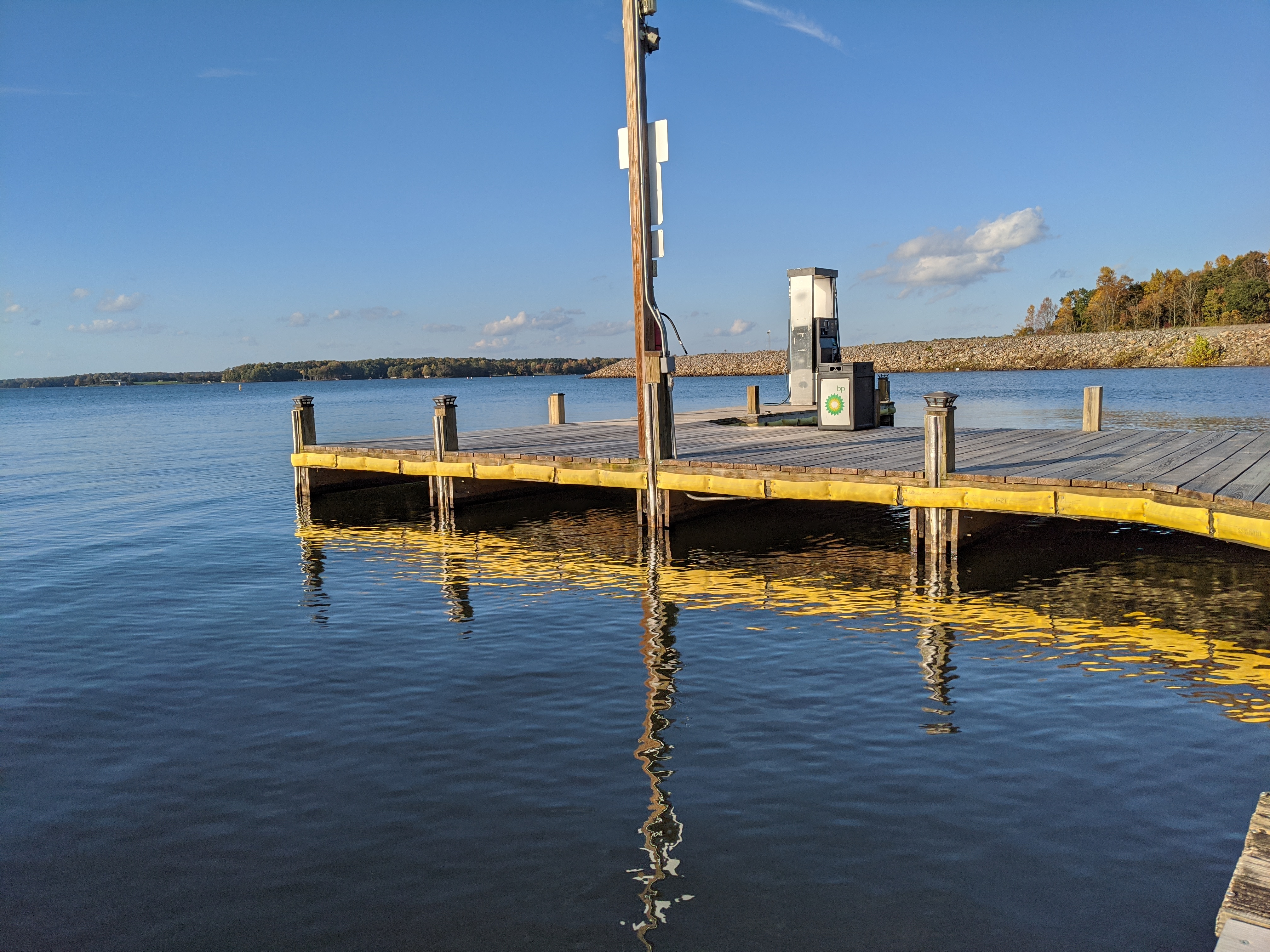
Photo: Sandy Allen
While there’s some debate among boaters to which they prefer (boaters typically have strong opinions on what they like and don’t like), it’s no secret that diesel fuel provides far more torque with less fuel usage. Diesel has approximately 10% better energy than gas engines, and it’s generally more efficient than gas. For example, a 32 to 35-foot boat will get approximately 1.5 miles per gallon with a gas engine. That same boat will get about 3 to 5 miles with a diesel engine.
With anything, you have to weigh all sides and take into consideration the size, weight and style of your particular boat. Diesel engines are usually more expensive and heavier than gas engines. Diesel fuel is also more expensive than gas in most locations. Whichever version your boat has, the following tips can apply to both.
Boat Bottom
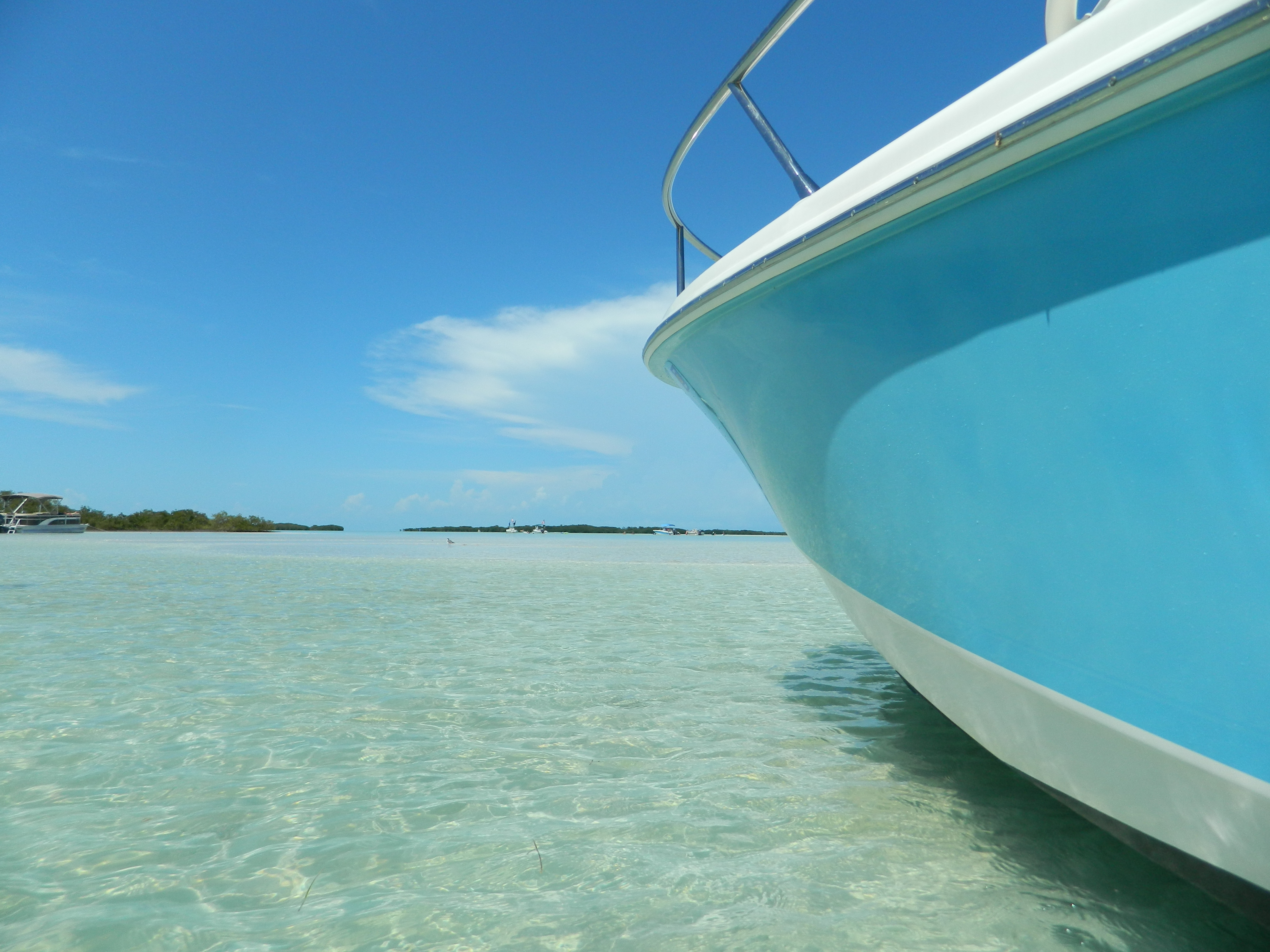
Photo: Sandy Allen
Keep the bottom clean. You want a nice slick bottom for more than appearance purposes. That slippery surface helps your boat glide through the water. Friction from barnacles, algae growth and other particles can slow you down (creating unnecessary drag and excess fuel usage). Use antifouling paint to prevent growth. You can keep it eco-friendly (as this part of your boat generally stays under water) by using a product like Intersleek Pro or Hempasil X3.
Engine
Dirty fuel and clogged injectors create an environment for a poorly performing engine. Use a fuel additive to clean engine components and get rid of harmful particles that get “gunked up.” It also helps fuel stay fresh when not in use. STAY-BIL is a good brand to try.
Change your fuel filters and fuel separators regularly. Fuel filters remove debris and fuel separators remove moisture. Keeping it clean and moisture-free helps to increase efficiency. You’ll also want to check the fuel lines and tanks frequently for corrosion and other damage.
Propeller
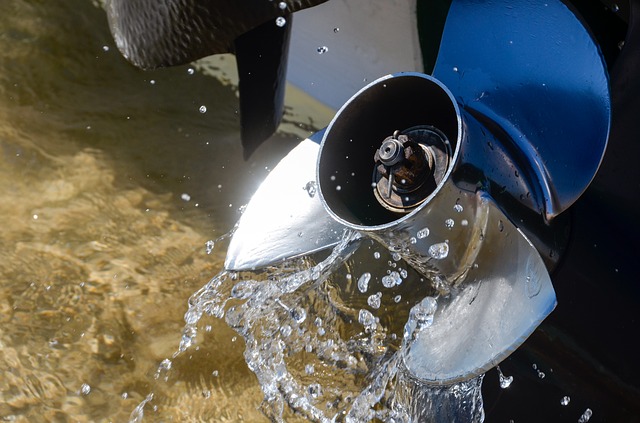
Photo: Pixabay
Surprisingly, the propeller can affect fuel usage. Check for dents, bent blades and edge erosion as this can increase fuel usage. If your boat isn’t trailerable, this can be done while it’s up on a boat lift for rent, or you can check it while you’re anchored out in shallow water.
You’ll also want to make sure you’re using the correct prop with the correct pitch for your boat. If it’s too big, you’re overdoing it. A prop that’s too small has to work a lot harder, thus using more fuel.
While Underway
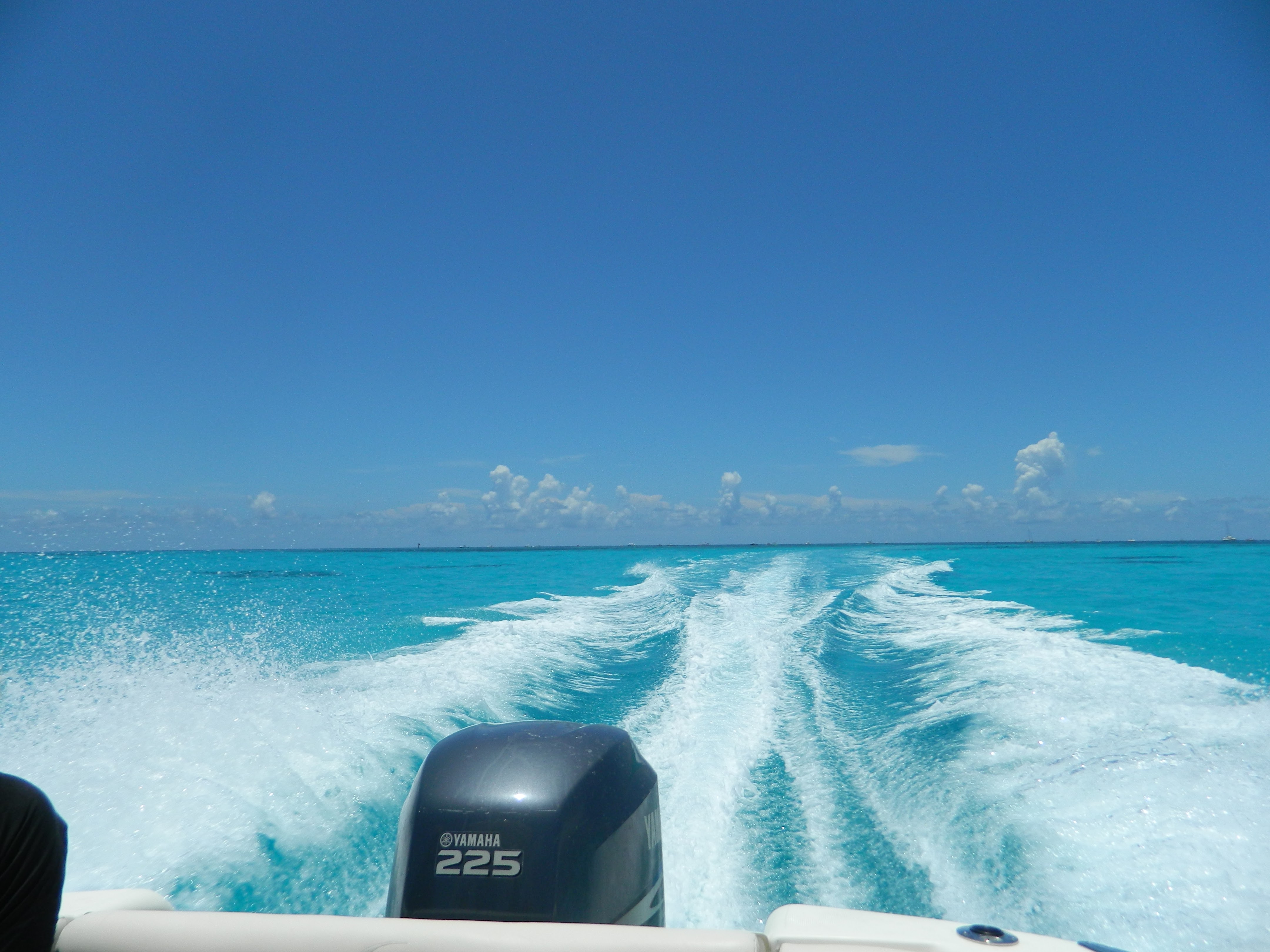
Photo: Sandy Allen
While underway, be sure to roll up canvas curtains and put down Bimini tops and other things that cause drag. It seems small, but every little bit helps.
Another great way to help with fuel consumption is the use of trim tabs. If you weren’t aware, trim tabs are your friend. They can easily be added to a boat that doesn’t have them. They’re usually mounted on the transom or molded inside the hull at the back.
Basically, trim tabs are used to keep the boat level. They prevent plowing and reduce drag to allow the boat to plane at a lower rpm. Throwing a large wake means that your boat is using extra power to climb onto the surface, which means it’s using more fuel. Use the trim tabs to slow down or speed up to a plane to get a smaller wake. If the back is dragging, the trim tabs help to lift it up and run level. When you take away trim, it lets the nose lift up. Trim tabs even work side-to-side to level the boat (for instances when you have an uneven number of people or weight on either side).
Maintenance Issues
Proper maintenance and observation can alert you to issues that could cause extra fuel usage or waste. You’ll want to check a diesel engine’s exhaust for things like black, blue or white smoke. Black smoke means either unburned or partially burned fuel, which can mean that the engine is overloaded or has worn injectors. Blue smoke happens when the crankcase oil is burned in the combustion chambers because of worn seals or valves. White smoke means poor fuel quality, valve timing problems or that bad gaskets have allowed coolant into the cylinders.
Fuel Flow Meter
While not necessary for proper function, fuel flow meters let you know how much fuel you’re actually using. They measure the fuel usage at different revolutions per minute to get the most efficient speed. You can then use these figures to monitor the boat’s performance.
Quick Tips to Reduce Fuel Usage
- Maintain even weight distribution
- Stay light by only keeping things on board that you actually need
- Keep the bottom clean and free of barnacles
- Inspect the propeller for dents and chips
- Change oil every 100 hours or, at a minimum, annually
- Plan ahead by using the wind, tides and current to your advantage
- Roll up curtains and lower Bimini tops while underway
- Routine engine maintenance is a must
- Invest in a fuel flow meter to know exactly how much fuel you’re using
We hope you’ve found some helpful tips to help reduce fuel consumption on your boat. Now, cast off from that boat slip rental and get out there!
